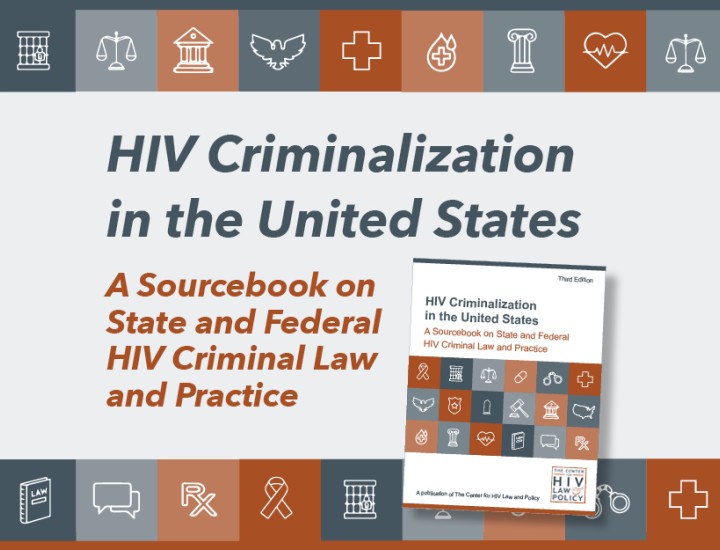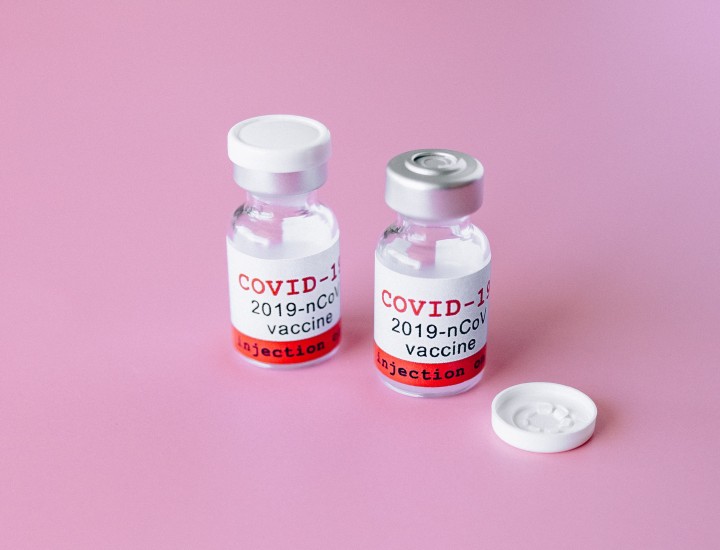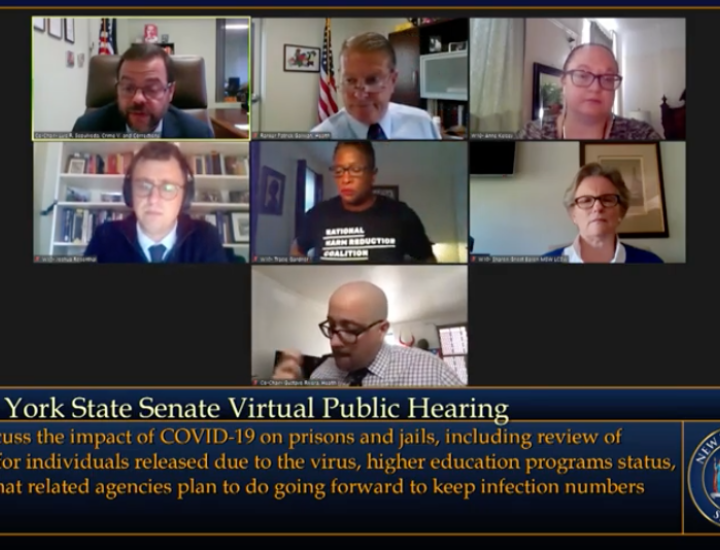Prisons and Jails
Over two million people are incarcerated in the United States. Men and women of color, particularly black men and women, are disproportionately represented in the correctional system. In 2010, black men had an imprisonment rate that was nearly seven times that of white men, and almost two and a half times that of Latino men. Each year, an estimated one in seven persons living with HIV pass through a correctional or detention facility. At the end of 2010, state and federal prisons held over 20,000 people living with HIV. The rate of HIV among prisoners is 5 to 7 times that of the general population. HIV rates are highest among black prisoners.
The correctional setting is often the first place incarcerated men and women are diagnosed with HIV and provided treatment. Inmates in jails and prisons across the United States, generally, do not receive health care that meets public health standards. In some facilities, prisoners with HIV have no confidentiality or privacy regarding their HIV status. They may be segregated and housed separately from other inmates, and may be blocked from some recreational activities and work assignments.
For many inmates, the behaviors and circumstances that contributed to their HIV infection are those that led to their incarceration (e.g., drug use, sex work, domestic abuse, mental illness, poverty). For others, infection with HIV occurred during incarceration via sex or sharing needles. Response to the critical need for health care interventions and prevention efforts in correctional facilities have a direct impact on the health of the communities to which prisoners return.
This HIV Policy Resource Bank category contains materials that address HIV in correctional settings as it relates to testing, treatment access, harm reduction, youth, immigrants, disability benefits, and other related human rights concerns.






